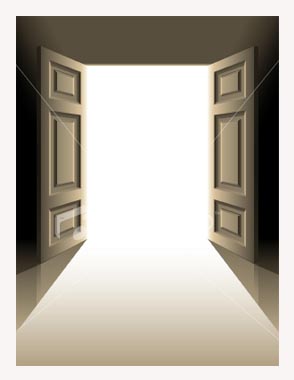Opening
Supreme Court opens as fears raised of US-style selection of judges
 The judges of Britain’s first Supreme Court, which opens today, will face greater public scrutiny over who they are and their backgrounds, its new President has told The Times.
The judges of Britain’s first Supreme Court, which opens today, will face greater public scrutiny over who they are and their backgrounds, its new President has told The Times.
Lord Phillips of Worth Matravers admits that it is “inevitable that there will be more interest in who is appointed to the Supreme Court — and I am bound to say that that is a perfectly legitimate state of affairs”.
His views will prompt fears of American-style selection procedures for the country’s 12 top judges, with close questioning about their interests and politics.
Lord Phillips observed that the recent appointment of Judge Sonia Sotomayor, President Obama’s first nominee for the US Supreme Court, was a matter of “great public interest”. By contrast, three appointments in recent months of judges who will be members of Britain’s Supreme Court “received no publicity whatsoever”.
Greater public scrutiny of the appointments to the court is an inevitable consequence of its higher public profile, he said. Proceedings will be recorded and available to broadcasters. Lord Phillips said, however, that he would be totally opposed to any change in selection of the judges, now to be called justices, that went down the American road. “I am not in favour of the type of appointments process they have in the States, which tends to politicise the Supreme Court.”
The judges, formerly law lords, are moving out of the House of Lords and into the former Middlesex Guildhall in Parliament Square, which has had a £77 million refurbishment.The move splits them constitutionally from the Lords: they will no longer be Members or able to take part in debates. But it also makes the court more accessible.
There should be 12 Supreme Court justices. At present there are 11 with one vacancy to be advertised next week. Of the 11 only one, Baroness Hale of Richmond, is a woman. All have an Oxbridge background, except for Lord Kerr of Tonaghmore, who went to Queen’s University Belfast. At 61, he is the youngest. The oldest is Lord Saville of Newdigate, 73. All came from the Bar, except one, Lord Collins of Mapesbury, who is one of three new justices appointed this year. None is a household name and most lawyers would struggle to name them all.
The selection procedure is a convoluted process that was laid down by the Constitutional Reform Act 2005. It involves a panel of five chaired by Lord Phillips and including the deputy president, Lord Hope of Craighead. The other three members are nominated by each of the judicial appointments bodies of England and Wales, Scotland and Northern Ireland and need not be judges or lawyers.
Lord Pannick, QC, the crossbench peer who has appeared in 99 cases before the law lords, agreed that people would start to take more interest in who the judges were and how they were appointed because of the new visibility of the court.
Kate Malleson, Professor of Law at Queen Mary, University of London, said that the trend generally towards openness and public knowledge would ensure the new Supreme Court could not function with anonymity. As its cases attracted more attention, so would the composition of the court and its “lack of diversity”, she said.
(Published by Times Online - October 1, 2009)